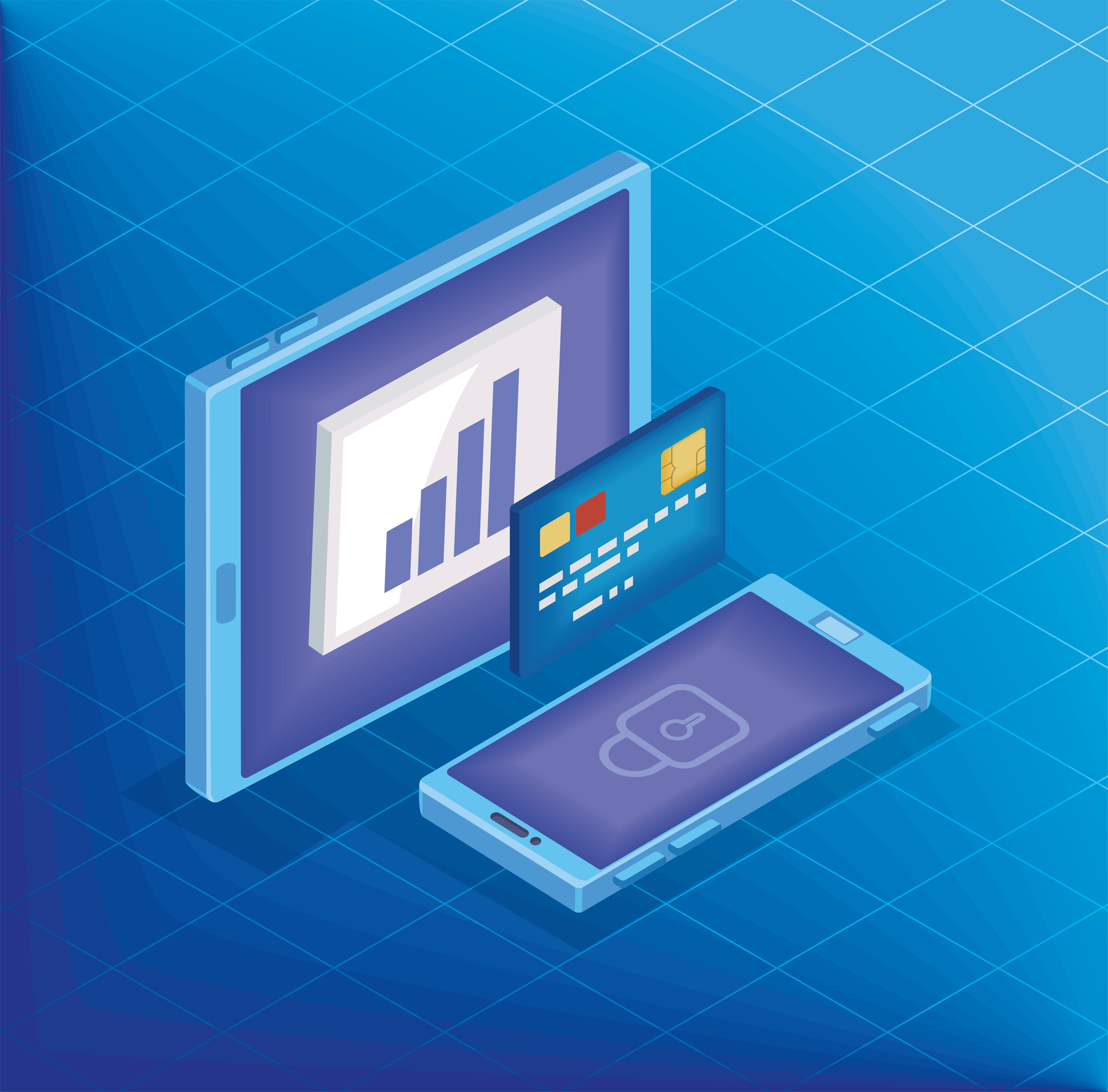There was a time when the simple ability to pay online was enough to impress. Today, that bar has moved, and it’s not coming back down.
We now live in an experience economy, where convenience is not a perk but a precondition. In this reality, how a customer pays matters almost as much as what they’re paying for. And increasingly, the brands that win aren’t just the ones with superior products, they’re the ones that make transacting feel invisible.
Now, seamless is more about trust, control, and the subconscious ease that comes when every element of a transaction from interface to confirmation is working in quiet, intentional harmony.

The Experience Within the Experience
Payment is never just a functional step; it’s part of the brand experience. It’s the final moment of commitment; the space where interest becomes conversion, and conversion becomes loyalty. When that moment is clunky, ambiguous, or inconsistent, it infects everything that came before it: the product design, the copywriting, the storytelling, the customer care.
You could have done everything right from acquisition to engagement and still lose the customer at the point of payment. Not because your offering wasn’t good enough, but because the transaction didn’t feel like it belonged in the same ecosystem of trust you spent months building.
That’s the cost of friction; and it’s not just abandonment, but erosion of brand equity.
From Transactional to Emotional Infrastructure
The smartest companies today understand that payments aren’t just operational infrastructure; they’re emotional infrastructure. And in many cases, they’re the first real test of how much a customer is willing to trust you.
A smooth, modern payment experience sends a message: “We’re organised. We’re legitimate. We’re here for the long term.”
It makes the customer feel seen as someone whose time matters, whose data is safe, whose money won’t disappear into a void with a screenshot as the only evidence. In the opposite scenario where payments are routed through unfamiliar names, broken links, or inconsistent channels, the risk is more reputational than operational.
No one wants to feel like they’re funding a side hustle with no accountability. Especially not in 2025.
Seamlessness as Strategy
For fintechs and digitally forward businesses, seamless payments are no longer just about reducing friction, they’re about architecting trust. They offer more than functional utility; they create narrative coherence between what a brand says and how it behaves.
That’s why at Woven Finance, we think deeply about what a transaction should feel like. Not just whether it goes through, but what it communicates.
It’s why we build for clarity as much as we build for speed. Why we obsess over reconciliation, not as an afterthought, but as a service promise; why we route payments through trusted financial institutions, and provide real-time visibility across every leg of the journey.
Because seamless is not just the future of payments, it’s the present standard for any business that wants to be taken seriously.
The Brands That Win Will Be the Ones That Flow
Customers won’t always remember your UI.
They won’t always remember the exact price or copy on the checkout screen.
But they will remember how they felt.
They’ll remember if they had to double-check the account name, if they had to refresh the page five times, if they had to send a message saying “Just paid, please confirm” multiple times, and they’ll also remember when it just… worked, when everything clicked, when trust didn’t need to be negotiated.
In a crowded market, that’s not a small edge. That’s everything.
If customer experience is the new battleground for loyalty, then seamless transactions are the first line of engagement. They are not just the end of a sale, they’re the beginning of your relationship. And in a world where attention is short, patience is shorter, and expectations are sky-high, that moment needs to be perfect.
It’s what your customer expects.
It’s what your business deserves.
And it’s what we’re building at Woven Finance, every day.

